Best Seasons for Foundation Repairs
Foundation repairs are most effective when performed during specific times of the year, depending on weather conditions and soil stability. Optimal periods typically include late spring through early fall, when ground conditions are stable and dry. Conducting repairs during these times minimizes the risk of delays caused by moisture fluctuations or extreme temperatures.
Warm, dry weather provides ideal conditions for foundation repair work, allowing for proper soil settling and curing of materials.
Cold temperatures and frozen ground can hinder repair processes and increase risks of complications, making winter less suitable for foundation work.
Early fall offers a window of favorable weather before temperatures drop significantly, making it a good time for repairs.
Dry soil is easier to work with and less likely to shift unexpectedly, ensuring the stability of repairs.
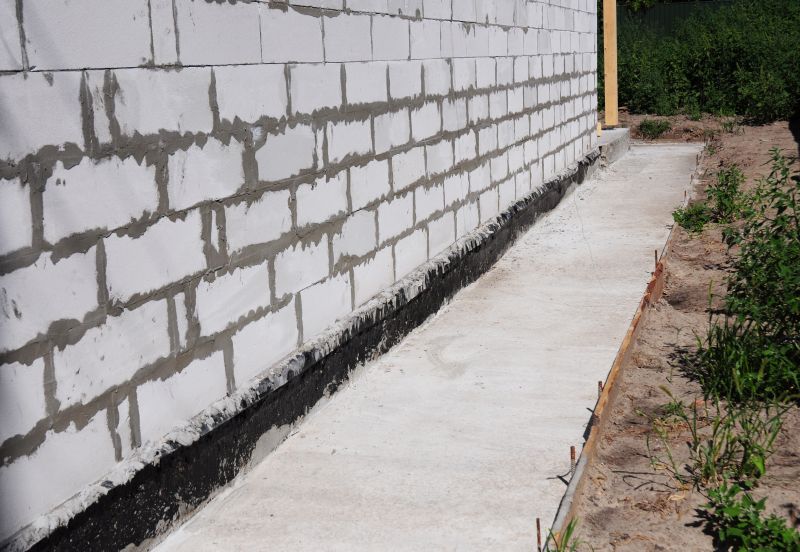
Springtime offers optimal conditions for foundation stabilization and repair projects.
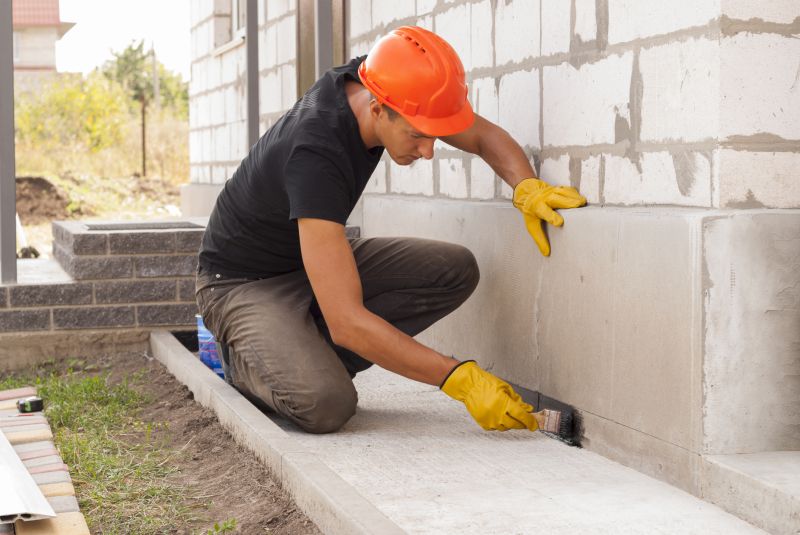
Warm and dry summer months facilitate efficient repair processes.
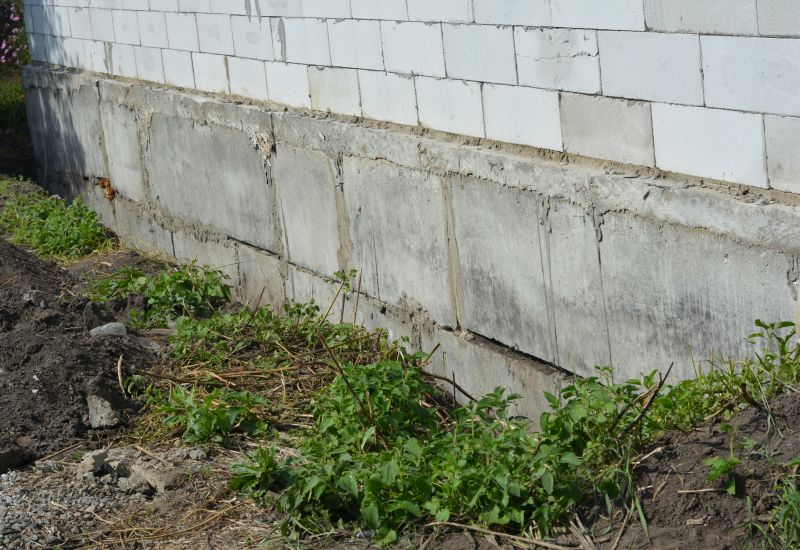
Early fall provides suitable weather for foundation inspections and repairs.

Winter presents challenges like frozen ground, making repairs less feasible.
| Season | Suitability for Foundation Repairs |
|---|---|
| Spring | Highly suitable due to dry, stable ground |
| Summer | Ideal with warm, dry conditions |
| Fall | Good before temperatures drop significantly |
| Winter | Less suitable due to frozen ground and moisture issues |
Foundation repairs involve addressing issues such as settling, cracking, or shifting of the foundation structure. These repairs are crucial for maintaining the stability and safety of a building. Properly performed foundation work can prevent further structural damage, reduce repair costs over time, and improve property value. Statistics indicate that addressing foundation problems early can save homeowners significant expenses and prevent property deterioration.
Factors influencing the best timing for foundation repairs include soil type, weather patterns, and the extent of damage. Soil expansion and contraction due to moisture changes can exacerbate foundation issues, making dry and stable conditions preferable for repair work. Additionally, scheduling repairs during periods of predictable weather reduces delays and ensures the longevity of the repair solutions implemented.
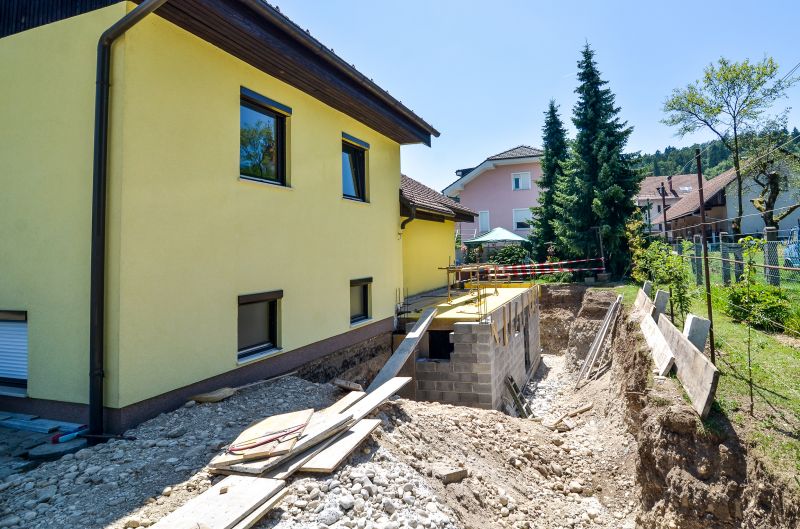
Proper timing ensures effective stabilization and long-lasting results.
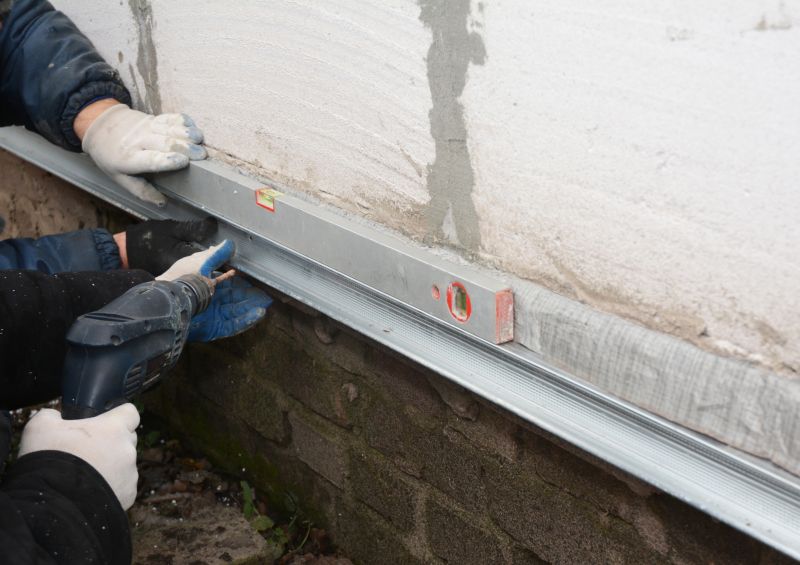
Timing repairs during optimal soil conditions enhances effectiveness.
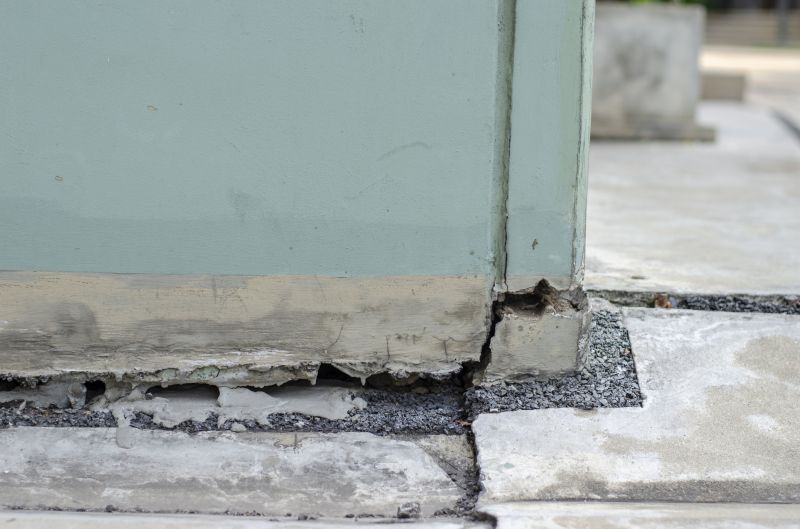
Scheduling during suitable weather prevents complications.
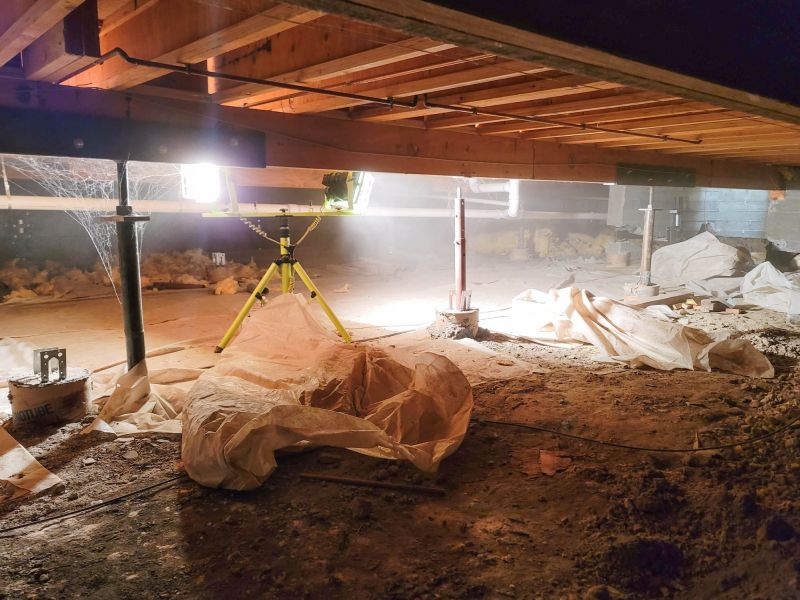
Ways to make Foundation Repairs work in tight or awkward layouts.
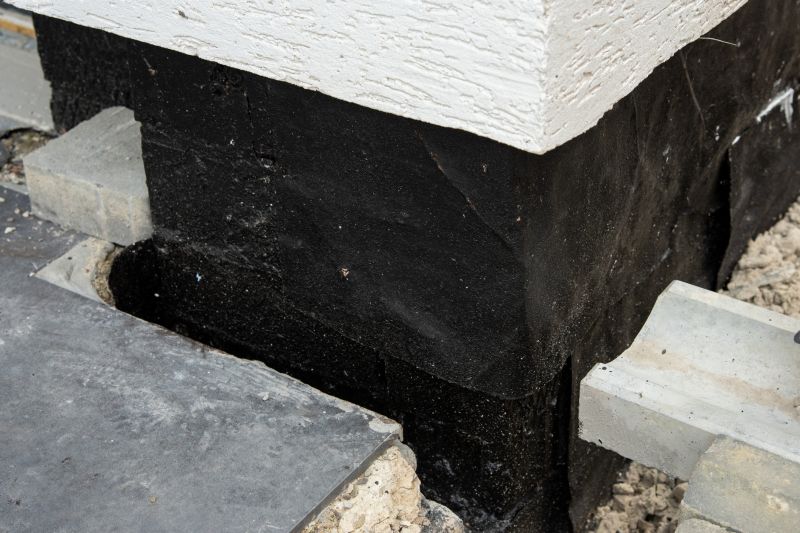
Popular materials for Foundation Repairs and why they hold up over time.
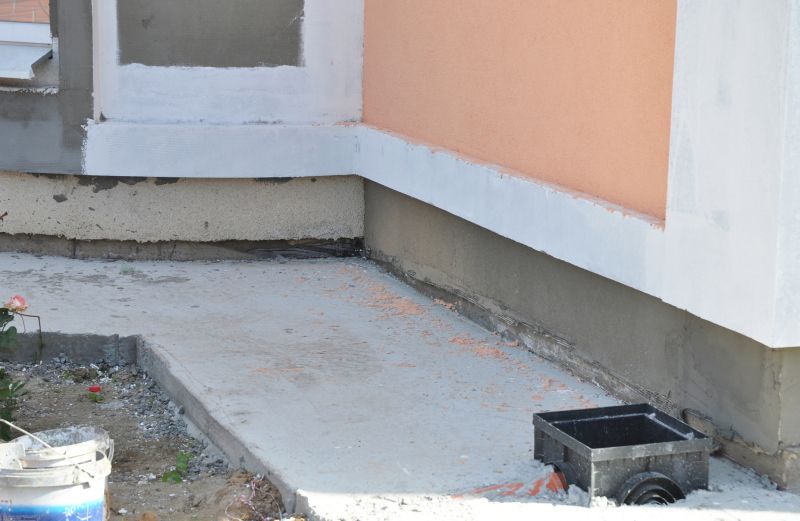
Simple add-ons that improve Foundation Repairs without blowing the budget.
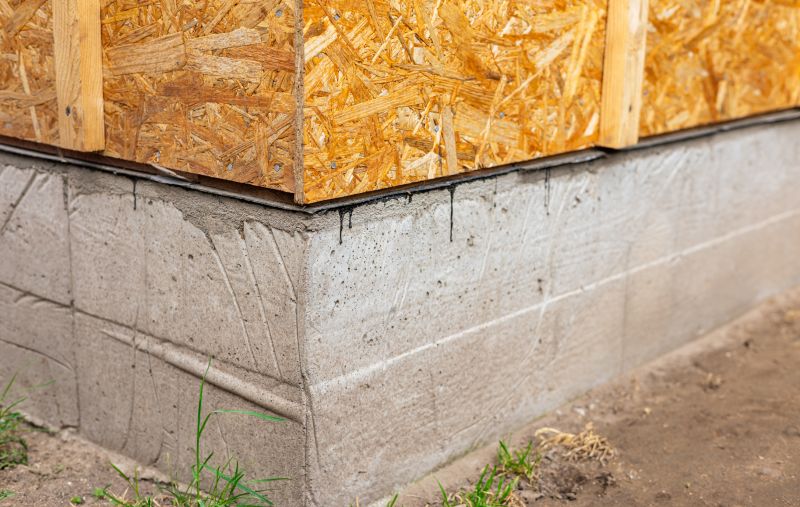
High-end options that actually feel worth it for Foundation Repairs.
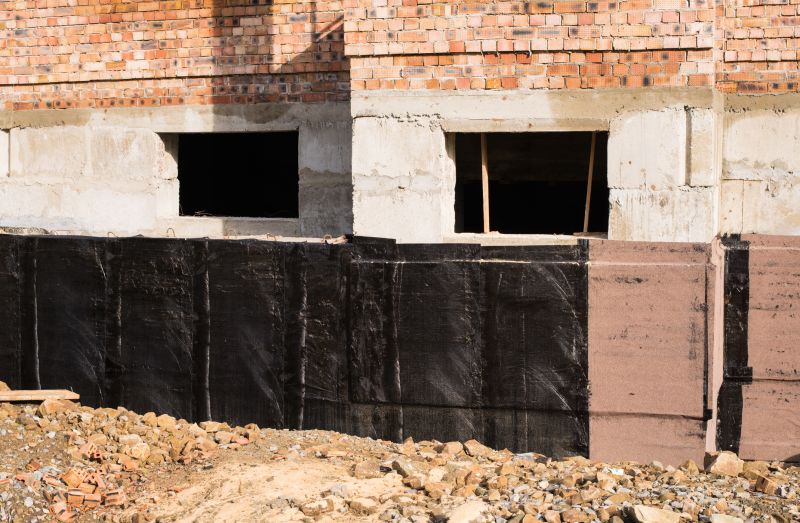
Finishes and colors that play nicely with Foundation Repairs.
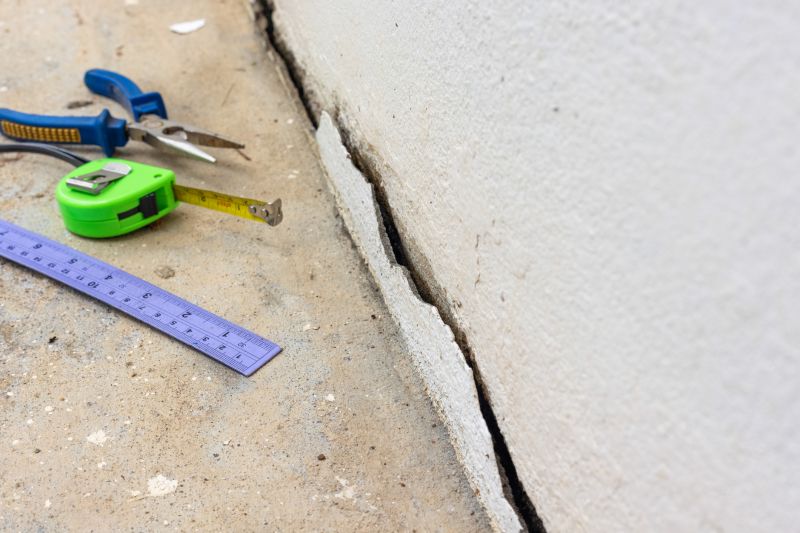
Little measurements that prevent headaches on Foundation Repairs day.
Contact for a detailed assessment before scheduling foundation repairs.
Plan foundation work during favorable weather periods for best results.
Early intervention can prevent costly future repairs.
Regular inspections help identify issues early and determine the best repair timing.

